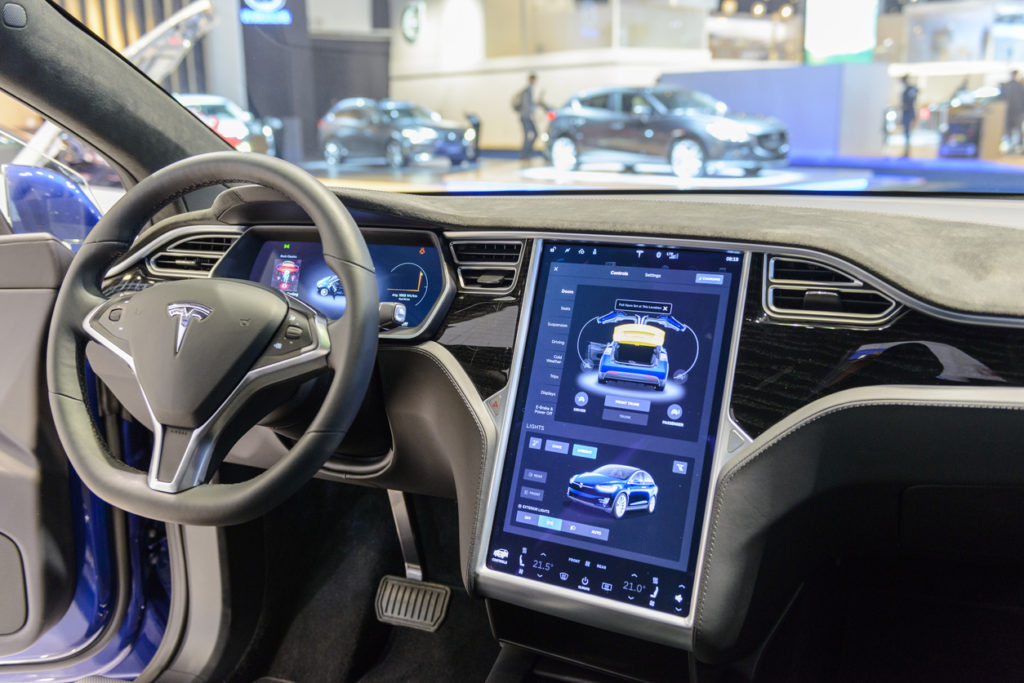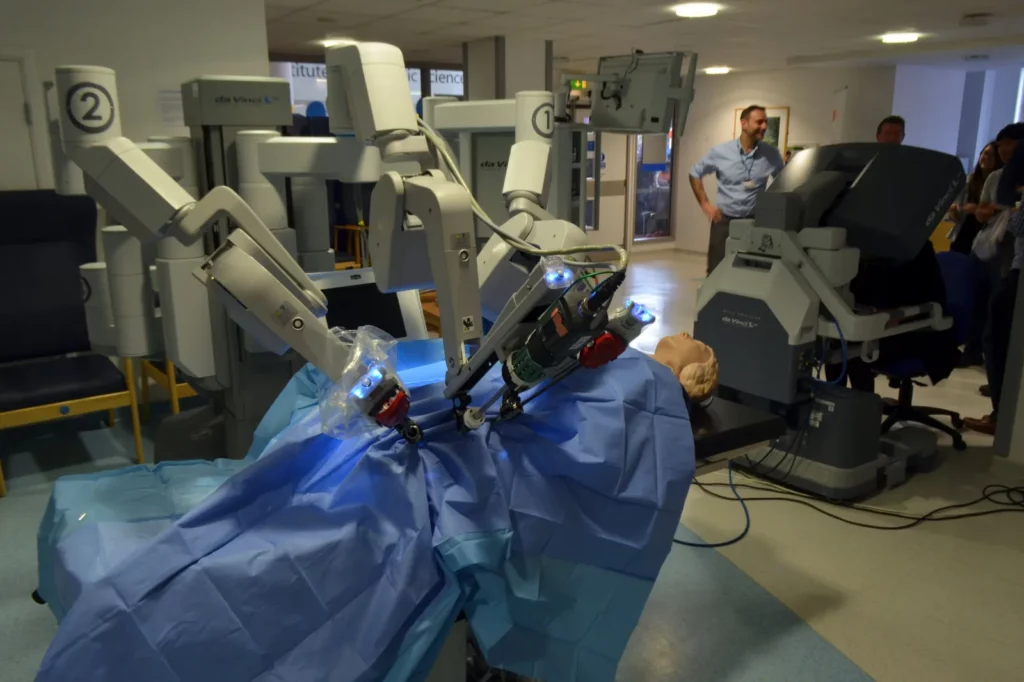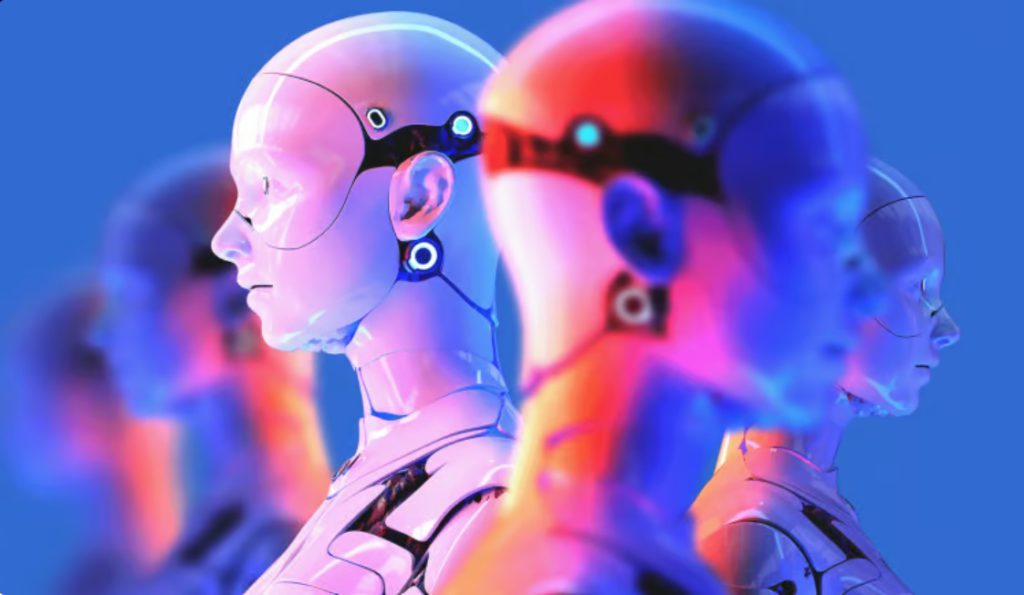Blogs, Products
Dorna in the Classroom: Transforming education with robot arms
Dorna robot arms are changing how we learn in school. They easily fit into our lessons, making hands-on learning better.…
29 minute read
In This Article
In a world increasingly defined by technological innovation, the robotics and automation industry stands, today, as the ultimate symbol of innovation and advancement.
As we move further into the 21st century, this relentless march of progress continues to reshape the way we live and work. From self-driving cars navigating our streets to intelligent robots collaborating with humans on factory floors, the robotics and automation field is witnessing unprecedented growth and innovation.
In this blog, we’ll explore some of the cutting-edge trends that are shaping this dynamic industry.
But before we begin, let’s briefly understand the origin of these machines that have evolved today into our vital production partners and invaluable assistants in enhancing our lives.
The concept of robotics can be traced back to ancient civilizations, with early examples of automata being found in Greek mythology and Chinese folklore. The modern robotics’ genesis, however, is marked by the birth of the first industrial robot, Unimate, in the 1950s.
These early robots were large and heavy and were primarily used in manufacturing settings for tasks such as welding and painting. In the span of a few decades, the field of robotics has experienced remarkable growth and development, fueled by advancements in artificial intelligence, machine learning, and cutting-edge technologies, and it continues to evolve at an accelerated pace in the 21st century.
The evolution of robotics reflects our relentless pursuit of technological advancement and the profound impact robots have had on our lives, with the future promising even more remarkable innovations.
Today, with the AI revolution propelling robots to new heights of functionality and human-robot interaction, robots already play pivotal roles in healthcare, surgery, transportation, and even space exploration.
Let us explore some emerging trends of robotic innovation and applications that might dominate the industry in the coming years.

At the forefront of technological advancement, Artificial Intelligence (AI) and Machine Learning (ML) emerge as the dazzling stars. Businesses across various industries are leveraging them to enhance decision-making, automate processes, and gain actionable insights from vast datasets.
The growing demand for AI experts and expanding research and development in the field highlights the enduring trend of AI and ML signifying that it is here to stay.

Collaborative robots, often called cobots, are a thriving trend in the automation landscape, and their significance continues to unfold. They’re designed to work alongside humans enhancing their efficiency, safety, and flexibility in industrial processes.
Dorna is a leading provider of collaborative robots that are recognized for their efficiency as well as safety around workers in industrial settings. Book a demo to explore its application in your warehouse processes.

Centered around creating robots with flexible, pliable materials that mimic natural organisms, soft robotics is a booming trend in robotics. This innovative approach allows robots to perform tasks with a human-like touch and adaptability, making them well-suited for healthcare, manufacturing, and other sectors.

A field inspired by the collective behavior of social insects, Swarm robotics is gaining significant traction in the robotics and automation industry. It involves multiple, often simple robots working together in a coordinated manner to achieve complex tasks.

The urban landscape is continuously being reshaped by autonomous vehicles. Thanks to the advancements in artificial intelligence, sensor technology, and connectivity, self-driving cars and drones are becoming more and more popular.

It is not one but two significant sectors that medical robotics is rapidly revolutionizing through the innovations it offers in healthcare and surgery.
With ongoing technological advancements, they’re set to reshape the way we approach medical care and healthcare procedures.

Perhaps the most engaging and closely aligned with the realm of science fiction imagination of robots is the humanoid.
Beyond their utility in the aforementioned sectors, they also raise profound questions about the future of human-robot relationships.

AR or Augmented reality is another emerging trend that is gaining momentum in its application, and revolutionizing the way we interact with technology. AR enhances our real-world perception by overlaying digital information onto our physical surroundings.
The trend is fueled by the potential for more immersive and intuitive human-machine interactions, creating a dynamic and promising future for AR within the robotics and automation landscape.

Industry 4.0, known as the fourth industrial revolution, is all about transforming manufacturing and automation by leveraging IoT, big data, and advanced automation.
With Dorna, smaller manufacturers are also embracing Industry 4.0, thanks to our web-based software solutions, and cost-effective robotic arms democratizing advanced manufacturing and making automation accessible to businesses of all sizes.
Our easy programming and accessible price range without compromising the power and efficiency of the robots seek to encourage industrial automation for all businesses.
The future of robotics and automation inspires excitement for the transformative technological progress that appears imminent on the horizon. We can anticipate a continued integration of AI, IoT, and automation to result in an unexampled increase in efficiency and a continuously evolving approach to work.
Society as a whole will need to adapt to this changing landscape, and continuous learning and upskilling will be crucial to remain relevant in the workforce. Businesses and educational institutions would need to work in tandem to prepare the emerging generation to effectively work alongside automation, nurturing their potential and creativity.
The future of robotics and automation offers immense potential for humanity, provided the spirit to learn, adapt, and innovate is not forgotten.
Explore the compatibility of Dorna Robot Arms with your business needs.
Blogs, Products
Dorna robot arms are changing how we learn in school. They easily fit into our lessons, making hands-on learning better.…
29 minute read
Blogs
Robotics is now an integral part of daily life, reaching beyond industries into our homes. Within the intricate world of…
20 minute read
Blogs
This blog delves into the transformative impact of cobots, highlighting their role in creating safe, efficient, and collaborative work environments.…
23 minute read
Blogs
This blog explores the intricacies of 5-axis robotic arms, tracing the profound impact they have on reshaping the landscape of…
29 minute read